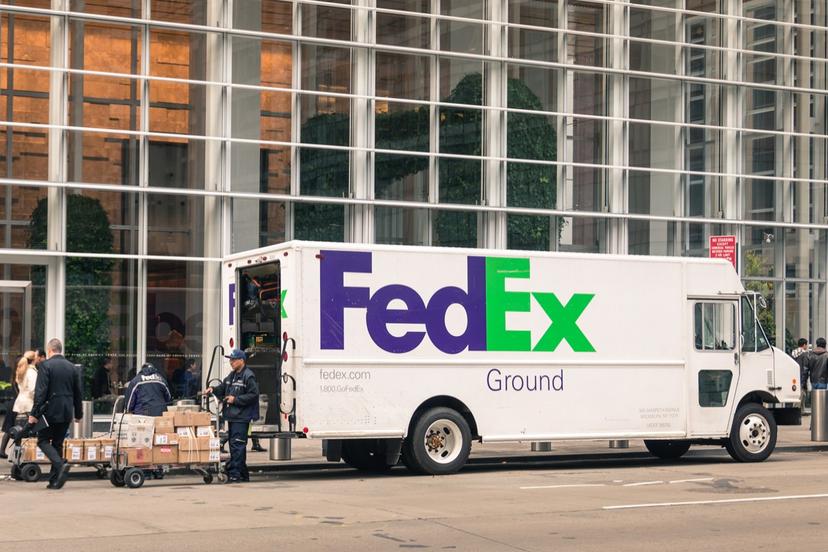Letter and Package Delivery

Structure
Under the Postal Reorganization Act of 1970, the Postal Service began operations as an independent establishment of the executive branch on July 1, 1971, with its own hiring and pay procedures.
In February 2019, the number of career employees working for the USPS was approximately 497,157. The two largest private delivery firms are United Parcel Service, with approximately 481,000 employees worldwide, and FedEx, with more than 490,000. DHL, another major courier service, employs more than 380,000 workers.
Unseen by the general public, the giant workrooms in the post offices and private delivery companies are busy centers of activity. At all hours of the day and night, an endless flow of mail moves from unloading platforms through the workrooms and out to loading platforms. In the workrooms, the mail goes through a series of separations in which it is sorted according to its type and destination.
Part-time employees make up a large percentage of the package handlers and sorting staff, partly because the time required for the rush period of package movement is less than the standard eight-hour day. Temporary workers, many of whom are young people, are hired for high-volume holiday periods. Often after a probationary period, temporary workers are eligible for career employment.
For both the government Postal Service and the private companies, the sorting room is often the beginning for people who make a career of letter and package delivery. Working in the sorting room is an ideal way to learn how these companies work. Gaining work experience in this area may aid with career advancement in the company.
Highly developed merit promotion programs are also available. With experience, knowledge, and common sense it is possible to secure positions of increasing responsibility and recognition. Promotion from within is favored.
Members of the Postal Service staff have been responsible for the development of automated and mechanical mail-handling equipment and improved management techniques for coping with the avalanche of letters and packages that go through the system each day. Often, employees with ideas and talent work themselves up the employment ranks to planning and supervisory positions.
Because most mail is generated in larger urban areas, there is a concentration of employees in the big cities. Large centers of employment include New York, Chicago, Los Angeles, Atlanta, Boston, San Francisco, Philadelphia, Houston, and Washington, D.C.
Wages, hours, and working conditions are negotiated through collective bargaining between management and several unions and associations. Three of the unions—the National Association of Letter Carriers, the American Postal Workers Union, and the National Postal Mail Handlers Union—are affiliated with the AFL-CIO. A fourth union is the National Rural Letter Carriers Association. UPS is unionized by the International Brotherhood of Teamsters Parcels Division.
Most full-time postal employees work an eight-hour day, five days per week. A full-time employee who works the night shift or overtime receives additional compensation.
Until 1992, individual post offices were under the jurisdiction of a multiple-level field structure, beginning with five regional offices. This regional office structure has since been replaced by a structure made up of 10 areas. Each area has two managers, one for Customer Services and one for Processing and Distribution. At the next level, 85 Customer Service districts and 350 Processing and Distribution centers were created. Each area also has a marketing/sales office. In addition, employees in Postal Data Centers perform centralized payroll, timekeeping, and other financial functions. There are other support installations, such as the supply centers, which fill acquisitions for supplies, and the mailbag repair centers and mail equipment shops.
Post office employees perform many nonpostal services, too. Among other things, they distribute alien address report cards, accept passport applications, and provide assistance to the Census Bureau.
